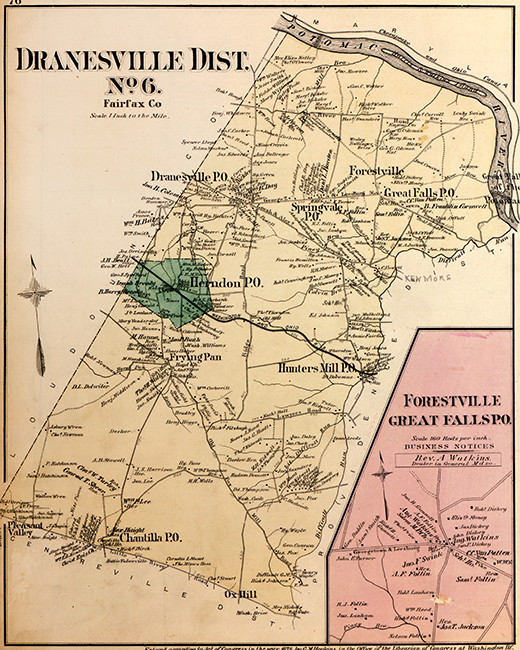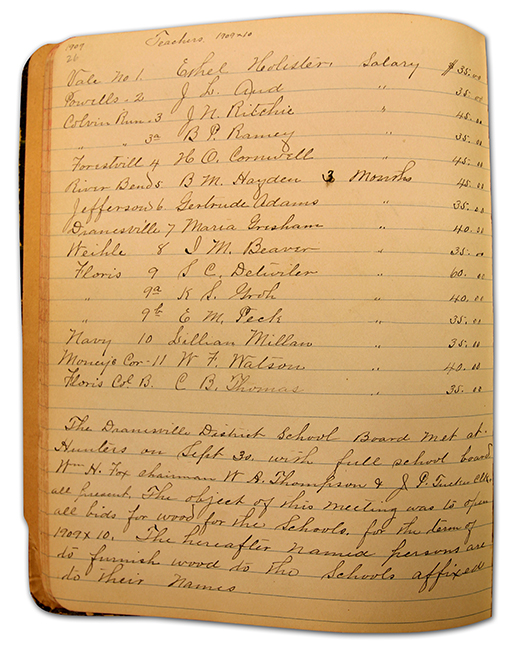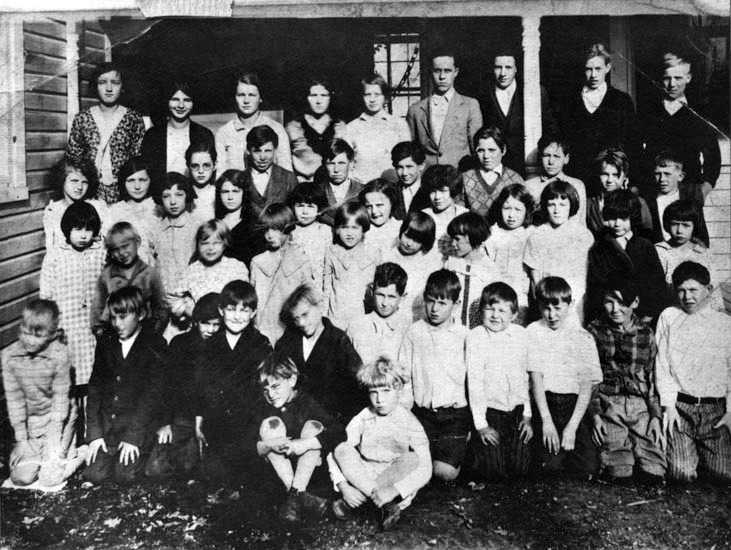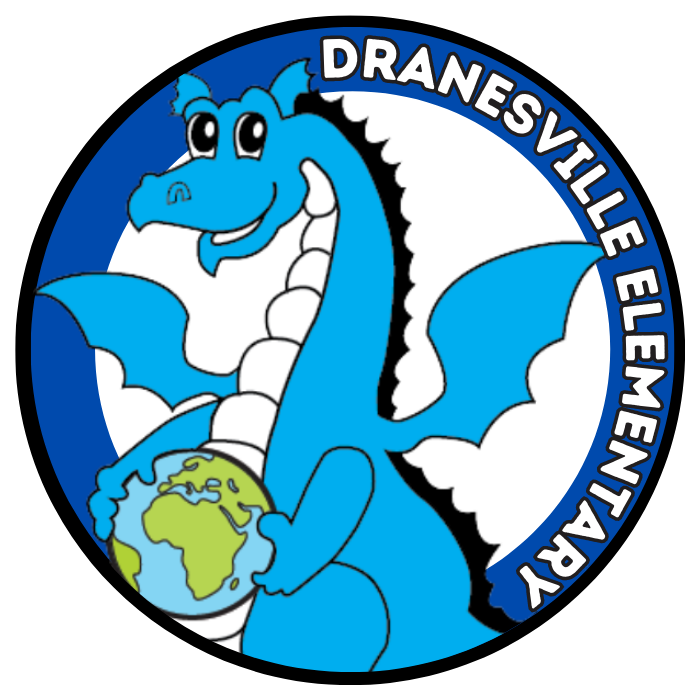The Historic Schools of Dranesville
Fairfax County Public Schools (FCPS) was founded in 1870, with the passage of Virginia’s Public Free School Act and the adoption of a new state constitution. At that time, Fairfax County was divided into six magisterial districts, one of which was given the name Dranesville.

The Dranesville School
From 1870 to 1922, each of the six magisterial districts had its own school board, comprised of three school trustees. The first public schools were held in existing buildings, such as churches, homes, places of business, and former slave cabins until the trustees could afford to buy land and build new schoolhouses. School system records indicate the town of Dranesville had a public school during the 1870-71 school year, and that its first teacher was E. C. Cottrell. Charles Preston Poland, in his book Dunbarton, Dranesville, Virginia, stated that prior to the American Civil War one of the rooms in a building that used to be Nicholas Farr’s tavern was used for a school. That arrangement may have continued after the war because the town of Dranesville’s first public school building, a one-room schoolhouse, wasn’t constructed until 1880. The Dranesville School was constructed on land donated by James Coleman and his wife Eliza to the Trustees of Liberty Meeting House.

Separate Schools
From 1870 to 1907, public school education in Fairfax County consisted of grades 1-7, and everyone age 6 to 21 was eligible for a free education. The Public Free School Law required the separation of schools by race, so for the first 90 years of its history FCPS operated separate schools for white and African-American children. The Dranesville School discussed so far was for white children. There was no public school for African-American children in the town of Dranesville until around 1915. The location of this school is unknown, but records indicate it operated until 1925. School trustee minutes recorded the names of four teachers who taught at this school: G. H. Lucas (1915-16), Edith Henderson (1916-17), G. B. McLean (1917-18), and A. D. Plinfer (1919-20).

Becoming a Graded School
In a one-room schoolhouse, a teacher could have up to 60 students enrolled in his or her school, but daily attendance in most communities typically averaged around 25 students. By 1913, the town of Dranesville’s white student population had grown so large that additional classroom space was needed. A second room was constructed, and, during the 1913-14 school year, Dranesville became what was known as a “graded school.”

In a two-room graded school, the “primary teacher” educated children in grades 1-3 in one classroom, and a second teacher, who also served as the principal, taught children in grades 4-7 in the other classroom. The teachers at Dranesville in 1913-14 were Cora Davis and Marion Russell.

From School to Church
During the 1930s, FCPS closed many one-room schoolhouses and consolidated the children at new, brick facilities. The school in the town of Dranesville was closed by the Fairfax County School Board in 1931, and the children were bused to school in Herndon. Because the School Board never officially purchased the schoolhouse property, ownership of the structure reverted to the Trustees of Liberty Meeting House. In Dunbarton, Dranesville, Virginia, author Charles Preston Poland recorded that the former schoolhouse was used after 1931 for storage and as a dwelling. In 1959, ownership of the church property transferred to the Trustees of Dranesville Methodist Church. During the 1960s, a new church building was constructed between the existing church and the former schoolhouse, and the Dranesville School was renovated and incorporated into this new structure.

Schools of Yesteryear
Learn more about the historic public schools of the Dranesville District in this video from the FCPS Red Apple 21 cable television series Schools of Yesteryear.
